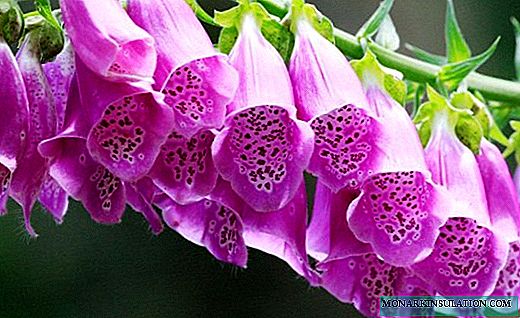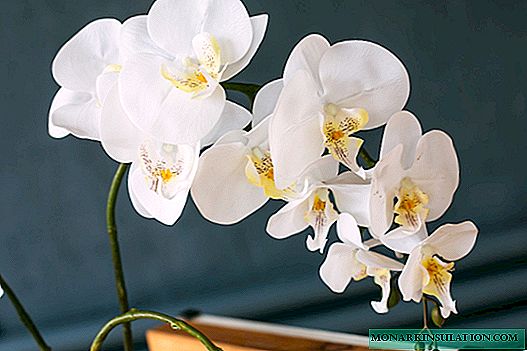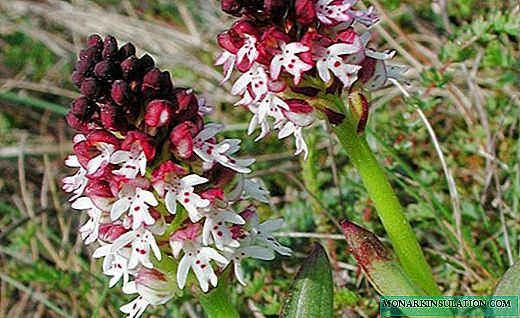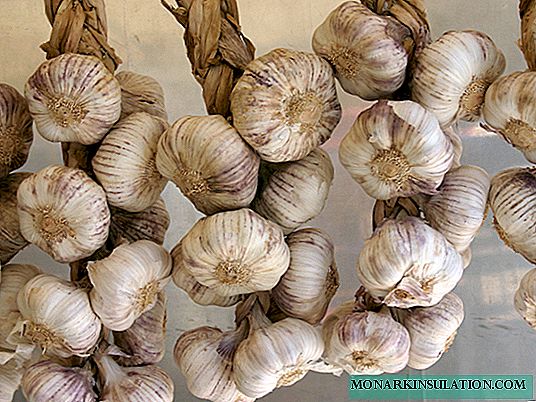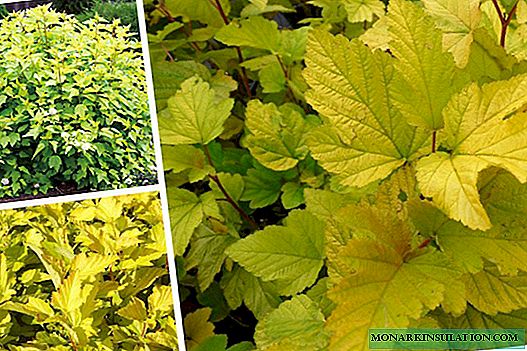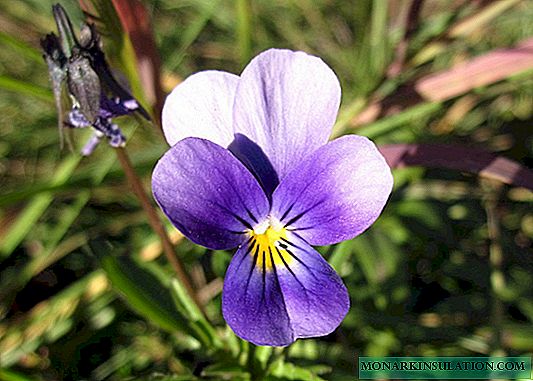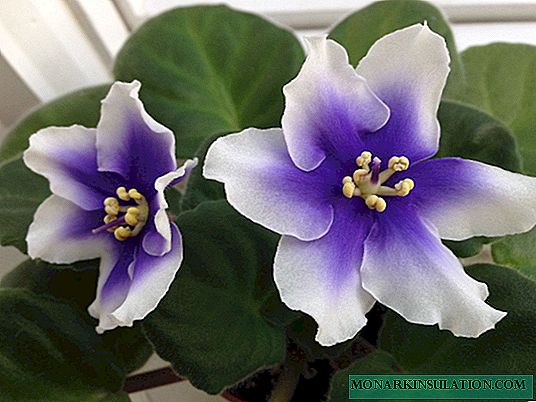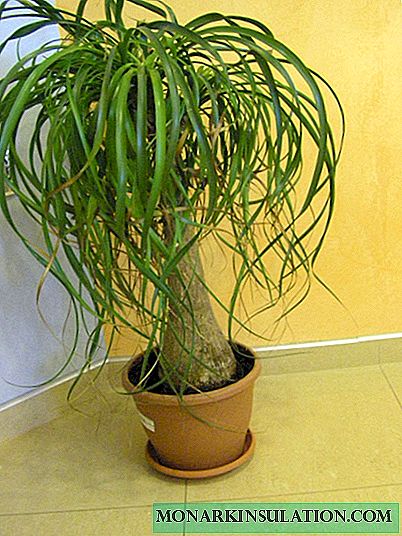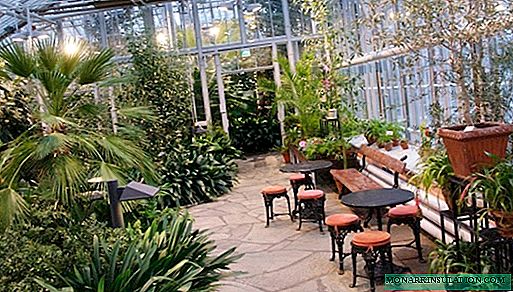
Home plants play an important aesthetic role in interior design, ennoble the room, making it harmonious and cozy. A beautiful green corner or a whole greenhouse can be made not only in a private house, but also in a city apartment.
We create greenhouse conditions
A greenhouse can be a room in a house, a structure adjacent to the main structure, or an autonomous greenhouse. Separate "housing" for plants is positioned so that the longitudinal axis of the building is directed from north to south. If we are talking about creating a winter garden on the balcony of a city apartment or inside the house, the best option for plants is to place a green corner on the southeast side.
Use fluorescent lights
Even if your greenhouse is in a well-lit place, in the autumn-winter period, when it starts to get dark early, the plants can begin to hurt. Therefore, take care of installing additional light sources in the greenhouse, thanks to which you will ensure the optimal duration of daylight hours (about 10 hours).
Conventional incandescent lamps are not suitable for these purposes: they are short-lived, heat up during operation, and the blue color that is vital for seedlings is absent in their spectrum.
For a corner of nature use fluorescent lamps. They do not heat up and do not affect temperature, humidity in the greenhouse. Mount fixtures in a vertical or horizontal position.
Criteria for choosing lamps:
- Glass retains ultraviolet light, so there should not be any shades or screens between the light source and the environment.
- The presence of reflectors and moisture protection. Reflectors help to increase the illumination of the winter garden, and protection will help to avoid a short circuit as a result of accidental drops of water entering the lamp holder.
Create the right temperature
An important factor affecting plant health is the temperature of the winter garden. Optimum performance depends on what flowers are in the greenhouse. For the inhabitants of the tropics and subtropics it will be sufficient to maintain a temperature of 10 ° C of heat, "guests" from the equator need hot conditions - at least 25 ° C above zero. To monitor the temperature, place a thermometer in the greenhouse.
Install double-glazed windows in the room, lay on the floor, walls of mineral wool, polystyrene foam boards - this will reduce heat loss. The stability of the microclimate in the cold season will help ensure the installation of a heating system:
- Air (guns, convectors, electric heaters). It allows you to increase the temperature in the garden in a few minutes, but the air quickly cools down after the device stops working.
- Water. The system consists of a water boiler, a circulation pump, pipes (radiators) and can be equipped with sensors that automatically control the temperature in the room. Pipes are placed at a depth of 50-70 cm in the ground in tiers along the perimeter of the greenhouse. The water system evenly heats the air without overdrying it. The disadvantage of this method is the difficulty of installing pipes.
- The "warm floor" system, consisting of cables or carbon tapes with filament laid in the ground, makes it possible to control the temperature in automatic mode, does not take up much space and ensures uniform heating of the soil and air. In the event of damage to a live element, the entire system will fail.
In regions with severe winters, it is advisable to make combined heating: for example, lay cables in the floor and install a heater in the room.
Watch for air humidity
If only succulents and cacti live in your greenhouse, an optional air humidification system is optional. But for plants such as araucaria, vines, orchid, lemon, oleander, it is necessary that the air humidity is 50-60%.
You can increase the indicator in the green corner by regularly spraying the seedlings, installing one or more decorative fountains, equipping a small pond in the room or using special devices - a humidifier, a fog generator. To control humidity, install a hygrometer in the greenhouse.
Arrange the plants so that they do not interfere with each other to grow
When creating a garden, keep in mind that some flowers have radically opposite requirements for light intensity. Therefore, before arranging the pots, study the information about the "nature" of the plants and, in accordance with this, choose a place for each seedling.
It is convenient to use shelves located in cascades for a corner of nature: on such a structure, flowers can be placed depending on their height, so that large greenery does not block the light and does not suppress the growth of smaller seedlings.
Keep an eye on aesthetics
The desire to accommodate as many plants as possible in the home garden is understandable, because each flower has a unique, inimitable beauty. But such an abundance looks tasteless, ridiculous and from the variety will ripple in the eyes.
When organizing a place to relax in the home garden, also carefully consider the choice of decorative elements and furniture: instead of luxurious armchairs, sofas, elaborate seating tanks, elegant wicker chairs, stools and clay pots with unobtrusive painting will be more appropriate.
Equipping a greenhouse in the house, take care of maintaining a microclimate suitable for plants in it: install a heating, humidification system and additional light sources in the room. Proper organization of the green corner and regular care will ensure lush flowering, growth and development of seedlings.

